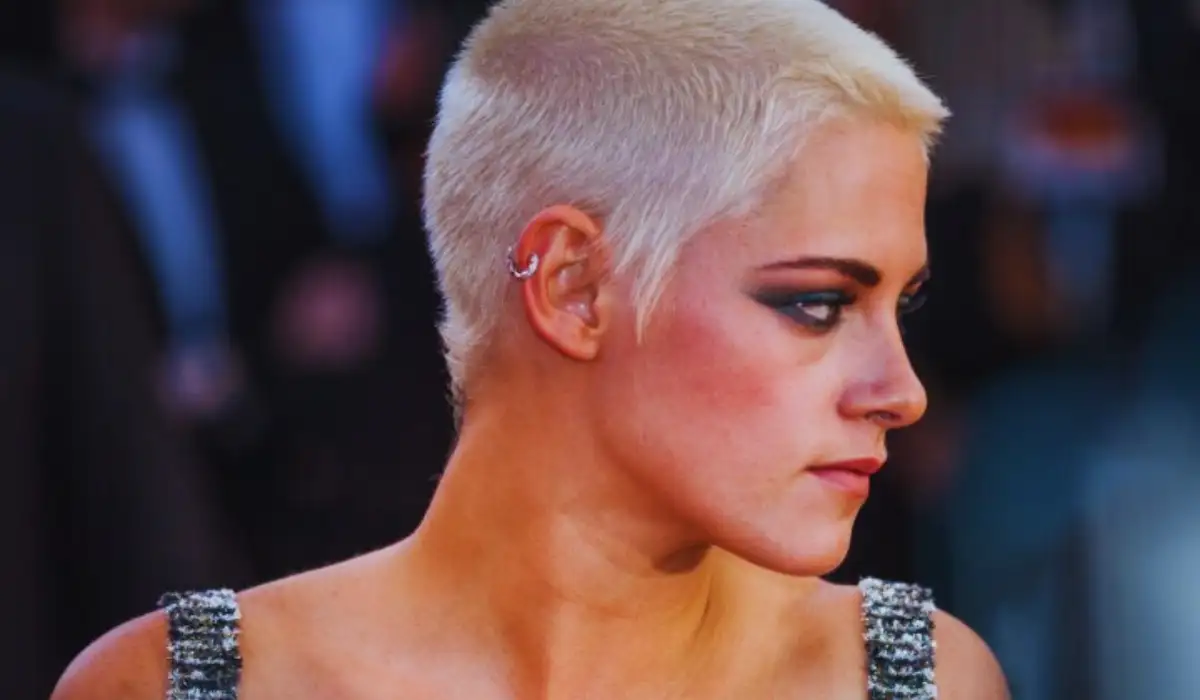You can achieve a new look for sure as you bleach your hair. When it comes to such bleaching, you may fear that the process might result in damaging the hair.
But worry not, there are options that you can choose to fix this damage. Here we will share how it can be possible and that too within your available means.
We can say safely that these processes will be helpful to a great extent when it comes to fixing your hair properly. Even if you have a delicate and precise style, you can expect proper results.
What Are The Steps To Be Taken Seriously For Making Bleached Hair Soft And Silky?

Learn the crucial procedures for transforming bleached hair into smooth, silky tresses. Discover how to properly nourish and restore health to your bleached strands with deep conditioning treatments and mild hair care regimens.
✅ Understanding the Damage
Bleaching unravels the hair cuticle, increasing moisture loss and hair shaft damage. Thus, dryness, frizz, and brittleness occur. To address these issues, a thorough hair care regimen must focus on hydration, nourishment, and protection.
To combat these side effects, a balanced hair care routine is essential. This program should focus on hydration to replace and lock the moisture-bleaching strips away.
Hydrating shampoos and conditioners with glycerin, aloe vera, or hyaluronic acid restore and keep moisture. Bleached hair needs vitamins, minerals, and proteins to restore and strengthen. Deep conditioning, hair masks, and leave-in products like argan oil, keratin, or shea butter help revitalize hair.
✅ Deep Conditioning Rituals
Integrate deep conditioning treatments into your hair care routine for soft, silky hair. Choose a quality, hydrating conditioner containing argan oil, shea butter, or keratin to nourish your strands. Leave the conditioner on for 10-15 minutes to work.
This time allows strong, nourishing ingredients to reach the hair shaft and restore moisture. Use a shower cap to create a warm, enclosed atmosphere to help the conditioner deeply nourish and moisturize your hair.
This method depends on the ingredients chosen. Argan oil, rich in vitamin E, hydrates and shines hair. Shea butter’s emollient qualities soften and smooth hair, making it velvety. Keratin, a protein essential for hair health, strengthens and repairs damaged strands, building resilience.
✅ Weekly Hair Masks
Making a DIY hair mask is easy and effective. Mash a ripe avocado and combine it with a spoonful of coconut oil and honey until smooth. Cover damp hair from roots to ends with the mask.
Leave the mask on for 20–30 minutes to let the powerful natural components into the hair shaft. Wrap your hair in a warm towel or use a shower cap to boost the mask’s effectiveness. Vitamins and antioxidants in these compounds nourish, moisturize, and repair bleached hair.
✅ Protein Treatments
Bleaching depletes hair proteins, making them vulnerable to breaking. Protein treatments repair hair by providing the building blocks it needs. Hydrolyzed keratin strengthens and reconstructs hair.
Bleaching damage is repaired, lowering vulnerability and preventing additional breakdown. Collagen, another essential protein, gives hair flexibility. Collagen-rich treatments reduce hair dryness and breakage by restoring flexibility. It also smooths and strengthens bleached hair, improving its health and look.
✅ Leave-In Conditioners
These products do more than hydrate, they protect your hair from environmental factors. Dryness, frizz, and damage can result from UV radiation, pollutants, and severe weather.
A leave-in conditioner protects your strands by blocking harmful substances from accessing the hair shaft. Make sure your leave-in conditioner is lightweight. This keeps your hair hydrated without adding weight. A lightweight conditioner seeps into hair to freshen and revive it without affecting its bounce and movement.
✅ Heat Styling Precautions
Bleached hair is heat-sensitive, therefore styling tool safety is crucial. Maintaining bleached hair’s health and vitality requires protecting it from extreme heat. Applying a heat protectant spray before using flat irons, curling wands, or blow dryers is crucial.
When possible, use lower heat settings for styling tools. Higher temps may be enticing for faster styling, but lower temperatures are friendlier on bleached hair and reduce damage. A heat protectant spray and careful heat settings protect your bleached hair when styling.
✅ UV Protection Products
When in the sun, wear hats or scarves to supplement your UV protection. These accessories protect your hair from direct sunlight. Hats and scarves preserve your hair and enhance your style.
Selecting UV-protected hair care products and wearing hats or scarves protects bleached hair from sun damage. By protecting your bleached hair from damaging rays, you help it stay healthy and vibrant even after extensive sun exposure.
✅ Wide-Toothed Comb Usage
Start detangling damp hair from the tips. Beginning at the ends ensures a gentler, less stressful approach, reducing hair damage. Working up, and untangling tiny parts at a time prevents undue pulling and breaking.
The right wide-toothed comb is crucial to detangling carefully. Wide-toothed combs use greater gaps between the teeth to glide through strands more easily than smaller ones. This reduces hair stress, especially for thin bleached strands.
Touch your wet hair gently as you section it. Detangling in smaller parts lets you precisely remove knots and tangles without damage. Being too quick may stress your bleached hair.
✅ Avoiding Tight Hairstyles
Bleached hair is more prone to breaking, thus tight ponytails and braids might pull on the hair shaft. The stress may weaken the hair structure, causing frizz, split ends, and poor hair health. Avoid tight hairstyles to protect your bleached strands and boost their health.
Simple but effective, loose styles relieve bleached hair strain. Enjoy hairstyles that allow your hair to flow naturally, reducing strand stress. Styles like loose buns, gentle waves, and letting your hair down can improve hair health and give it a softer, more natural look.
✅ Regular Haircuts
Trimming your bleached hair regularly is essential to its health. Split ends and hair damage can be prevented by scheduling these cuts. This may not make your bleached hair softer, but it does make them look healthier and better.
Your hair grows stronger and less prone to breakage when damaged ends are removed. It improves hair health and appearance, resulting in softer, more luscious strands.
Conclusion
As you have gone through the above-mentioned techniques, you may have a proper idea about how this hair-fixing process proves itself essential in case of hair bleaching.
If such care is taken in routine intervals, then proper results are assured in every possible way. But always remember that in this factor, consistency is the key so be patient and put your best foot forward in taking care of these beautiful hair.
References
- Jeong MS, et al. (2010). Significant damage of the skin and hair following hair bleaching. DOI:
https://doi.org/10.1111/j.1346-8138.2010.00916.x - Robbins C, et al. (2007). Hair breakage during combing. III. The effects of bleaching and conditioning on short and long segment breakage by wet and dry combing of tresses.
https://pubmed.ncbi.nlm.nih.gov/17728947/

